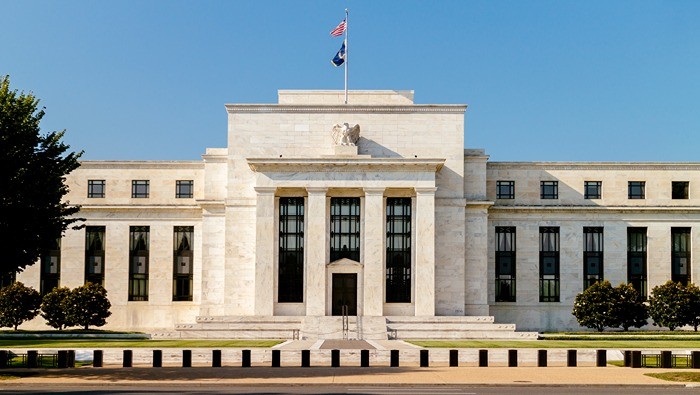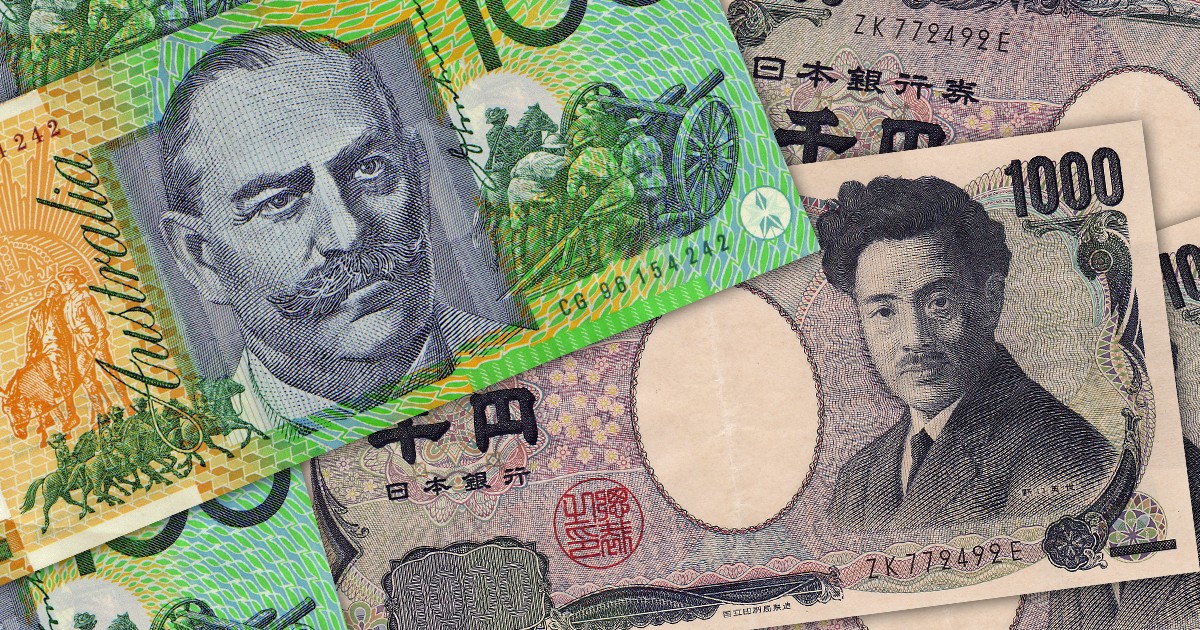By Haresh Menghani
- Gold price remains confined in a narrow band for the second straight day on Thursday.
- Reduced Fed rate cut bets and a positive risk tone cap the upside for the commodity.
- Traders now await key US macro data before positioning for the near-term trajectory.
Gold price (XAU/USD) extends its consolidative price move above the $2,300 mark during the Asian session on Thursday as traders more cues about the Federal Reserve’s (Fed) rate-cut path before placing fresh directional bets. Hence, the focus will remain glued to key US macro data – the Advance Q1 GDP report due later today and the Personal Consumption Expenditures (PCE) Price Index on Friday. This will play a key role in influencing the near-term US Dollar (USD) price dynamics and provide some meaningful impetus to the commodity.
In the meantime, the recent hawkish remarks by several Fed officials suggested that the central bank is in no rush to cut interest rates.
Moreover, stronger US consumer inflation figures forced investors to scale back their expectations about the timing of the first rate cut to September and downsize the number of rate cuts in 2024. This keeps the US Treasury bond yields elevated and acts as a headwind for the non-yielding Gold price. Apart from this, easing concerns about a major escalation of the Middle East crisis continues to cap the safe-haven XAU/USD.
Daily Digest Market Movers: Gold price struggles to gain traction amid hawkish Fed expectations
- Investors await key US economic data for clarity about the timing when the Federal Reserve will start cutting rates, leading to subdued range-bound price action around the Gold price for the second straight day on Thursday.
- The first estimate, or the Advance US GDP report is due for release later today and is expected to show that the world’s largest economy grew by 2.5% annualized pace during the first quarter as compared to the 3.4% previous.
- The focus will then shift to the Fed’s preferred inflation gauge – the core Personal Consumption Expenditures (PCE) Price Index – on Friday, which will play a key role in determining the near-term trajectory for the XAU/USD.
- The US Census Bureau reported on Wednesday that Durable Goods Orders climbed 2.6% in March as compared to the previous month’s downwardly revised 0.7% increase, while new orders excluding transportation rose 0.2%.
- This comes on the back of strong US consumer inflation figures and hawkish remarks by Fed officials, reaffirming bets that the central bank will not begin its rate-cutting cycle before September and capping the non-yielding metal.
- The global risk sentiment remains supported by easing concerns about a further escalation of geopolitical tensions in the Middle East, which is seen as another factor acting as a headwind for the safe-haven precious metal.
- The US Dollar bulls seem reluctant to place aggressive bets and remain on the defensive ahead of important macro releases, offering some support to the XAU/USD and limiting any meaningful downside for now.
Technical Analysis: Gold price bears need to wait for acceptance below $2,300 before placing fresh bets
From a technical perspective, the Gold price now seems to have found acceptance below the 23.6% Fibonacci retracement level of the February-April rally, albeit showing some resilience below the $2,300 mark earlier this week. Moreover, oscillators on the daily chart – though have been losing traction – are still holding in the positive territory. Hence, it will be prudent to wait for some follow-through selling below the $2,300-2,290 area, or over a two-week low touched on Tuesday, before positioning for an extension of the recent pullback from the all-time peak. The subsequent downfall has the potential to drag the XAU/USD to the $2,260-2,255 area, or the 38.2% Fibo. level, en route to the $2,225 intermediate support and the $2,200-2,190 confluence, comprising the 50% Fibo. level and the 50-day Simple Moving Average (SMA).
On the flip side, immediate resistance is pegged near the $2,325 area ahead of the overnight swing high, the $2,337-2,338 zone. A sustained move beyond could allow the Gold price to test the next relevant hurdle near the $2,350-2,355 region and climb further towards the $2,380 supply zone. This is closely followed by the $2,400 round figure and the all-time peak, near the $2,431-2,432 area, which if cleared will set the stage for an extension of the recent blowout rally witnessed over the past two months or so.
GOLD FAQS
Gold has played a key role in human’s history as it has been widely used as a store of value and medium of exchange. Currently, apart from its shine and usage for jewelry, the precious metal is widely seen as a safe-haven asset, meaning that it is considered a good investment during turbulent times. Gold is also widely seen as a hedge against inflation and against depreciating currencies as it doesn’t rely on any specific issuer or government.
Central banks are the biggest Gold holders. In their aim to support their currencies in turbulent times, central banks tend to diversify their reserves and buy Gold to improve the perceived strength of the economy and the currency. High Gold reserves can be a source of trust for a country’s solvency. Central banks added 1,136 tonnes of Gold worth around $70 billion to their reserves in 2022, according to data from the World Gold Council. This is the highest yearly purchase since records began. Central banks from emerging economies such as China, India and Turkey are quickly increasing their Gold reserves.
Gold has an inverse correlation with the US Dollar and US Treasuries, which are both major reserve and safe-haven assets. When the Dollar depreciates, Gold tends to rise, enabling investors and central banks to diversify their assets in turbulent times. Gold is also inversely correlated with risk assets. A rally in the stock market tends to weaken Gold price, while sell-offs in riskier markets tend to favor the precious metal.
The price can move due to a wide range of factors. Geopolitical instability or fears of a deep recession can quickly make Gold price escalate due to its safe-haven status. As a yield-less asset, Gold tends to rise with lower interest rates, while higher cost of money usually weighs down on the yellow metal. Still, most moves depend on how the US Dollar (USD) behaves as the asset is priced in dollars (XAU/USD). A strong Dollar tends to keep the price of Gold controlled, whereas a weaker Dollar is likely to push Gold prices up.




